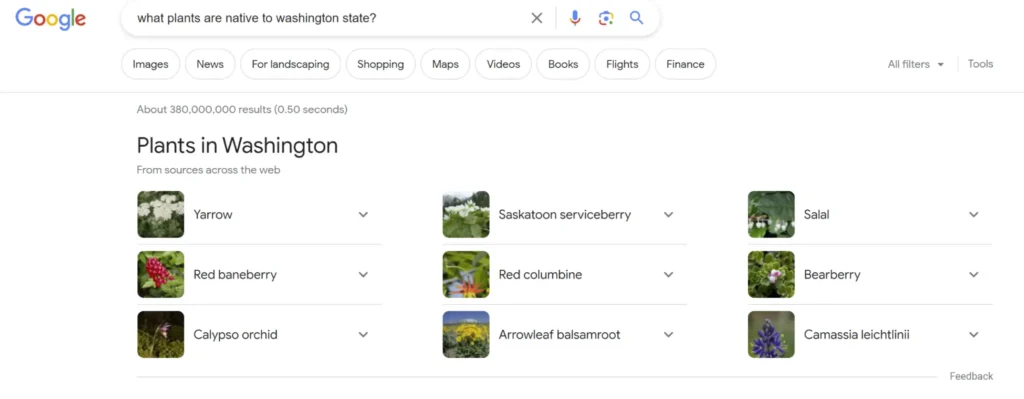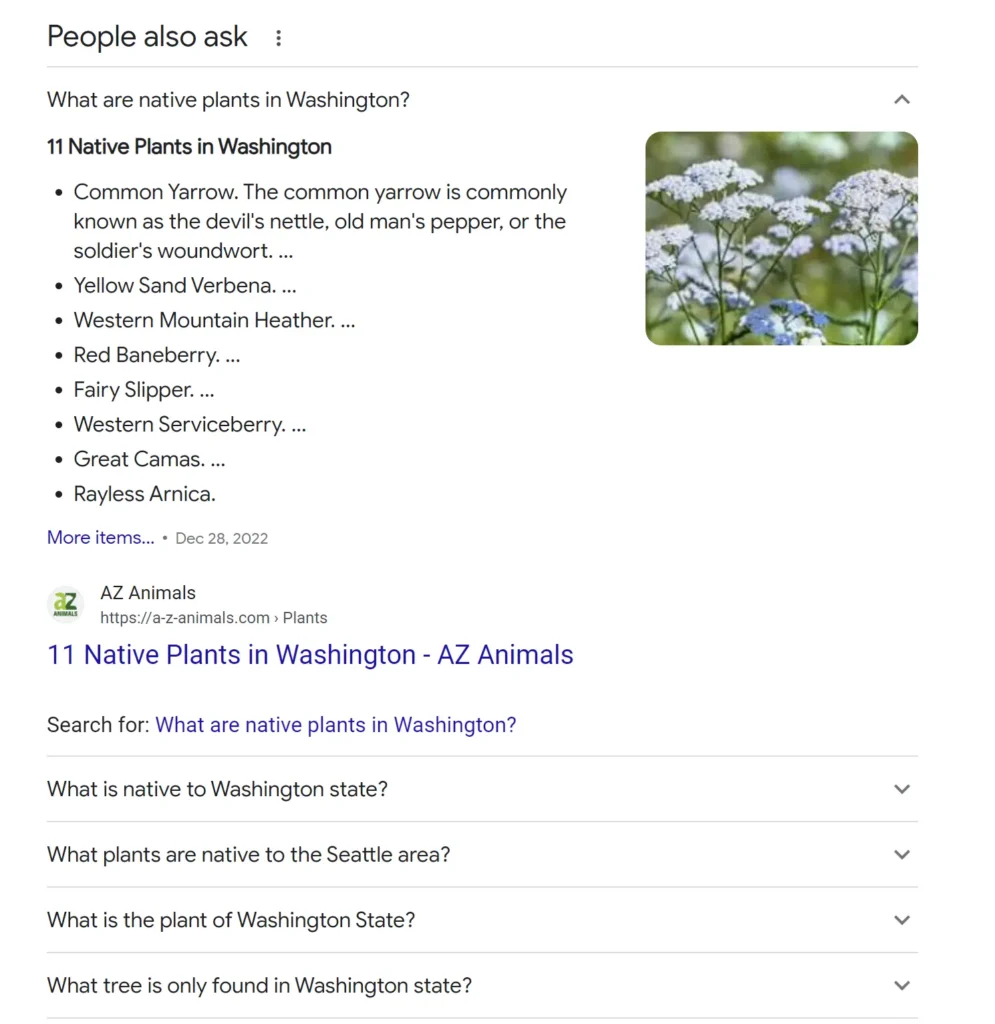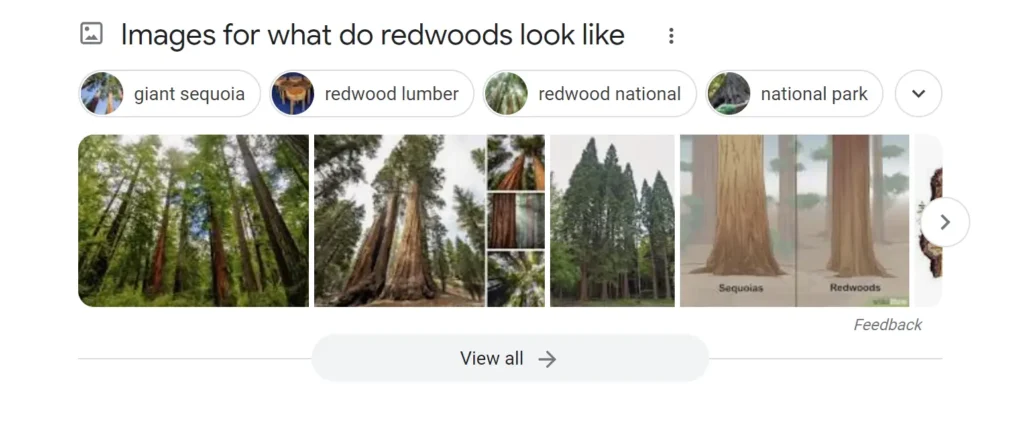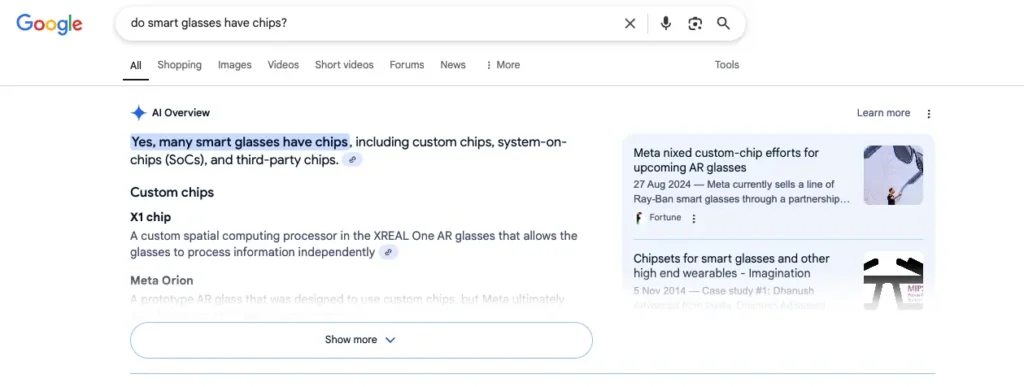SEO is short for “search engine optimization.” To get a higher ranking on search engines like Google, you should improve your website’s content, structure, and visibility.
SEO is important for both new people and businesses. It helps tiny websites compete with bigger ones, brings in organic traffic without relying just on ads, and establishes trust by showing up at the top of search results.
SEO is one of the best ways to market online because most website traffic comes from organic searches. If you know how to do SEO, you can reach more people and be more successful with your blog, online store, or local company site.
How does SEO work?
SEO helps search engines understand what your website is about and makes sure it shows up in searches that are relevant.
The three main processes in this process are crawling, indexing, and ranking.
Crawling:
How search engines find material. Search engines use “crawlers” or “spiders,” which are automated bots, to look at websites. These bots go from one page to another by following links, finding fresh and updated content on the web. Crawlers are more likely to find all of your pages if your site structure is clear and you consistently add new information.
To make sure that search bots can crawl your site properly:
- Use a well-organized site structure and link to other pages on your site.
- Make an XML sitemap to help search engine bots find their way around.
- Update content often to show that it is new.
- In Google Search Console, you may address crawl issues and broken links. How search engines keep track of material After being crawled, search engines evaluate and store web pages in their index, which is a huge database of web content. When people type in the right search terms, indexed pages can show up in the results.
To make indexing better:
- Make sure that the headlines on each page are clear and full of keywords.
- Use image alt text and meta tags to help people understand better.
- Don’t utilize the same content more than once, as this can confuse search engines.
- Look for index coverage problems in Google Search Console.
Ranking: How search engines put results in order
After they index a page, search engines rank it based on how relevant, high-quality, and user-friendly it is. Pages that are most relevant to a search query show up higher in the results, which gets more hits.
to improve your rankings:
- Write good, relevant content that meets the needs of your users.
- Make sure that loading times are quick and that the site works well on mobile devices.
- Get backlinks from websites that are well-known and trusted.
- Use SEO tools like Moz and Google Analytics to keep an eye on performance.
Why is SEO important?
SEO is very important for making sure that the correct people see your website. SEO does more than just make your site easier to find in search engines. It also brings in high-quality traffic, makes the user experience better, and helps you stand out in search results.
Increased traffic
When your website ranks higher in search results, it gets more clicks from those who are actively looking for your information, products, or services. This traffic is long-lasting and expands as long as you keep working on optimizing it, unlike paid advertising.
Rank for more SERP features
SEO helps your content show up in normal search results and search engine results page (SERP) features like these:
Featured snippets: show brief answers at the top of search results, which makes them more visible and increases the number of clicks.

People also want to know (PAA): It shows similar user inquiries, which makes your information seem like a reliable source.

Image and video packs: Shows off visual content, which gets more people to interact with searches that need multimedia responses.

Generative search features: AI Overviews are examples of generative search features. They are summaries of web pages that AI algorithms make on their own. They want to give users rapid and informative answers without making them navigate through to the website.
This higher visibility can bring more organic traffic to your site because people are more likely to click on links that have an AI Overview next to them.

Providing a great user experience
SEO and user experience go hand in hand. Search engines provide higher rankings to sites that load quickly, work well on mobile devices, and are easy to use.
This is where Core Web Vitals come in. They are a set of performance indicators that measure important parts of the site experience:
- The loading performance is how quickly the material on your page shows up (Largest Contentful Paint). Faster loading keeps users on your site longer and makes them happier.
- Interactivity is how quickly users can start using your site (First Input Delay). Users stay interested in sites that answer right away.
- Visual stability stops the page from shifting as it loads (Cumulative Layout Shift). A stable page makes sure that users don’t click on the wrong things by mistake.
Frequently asked questions about SEO
Can you do SEO by yourself?
Yes, you can definitely perform SEO on your own. Use the free trial to put what you’re learning into practice while you’re on the go. You may improve your SEO skills by working on real websites.
What is an example of SEO?
One way to do SEO is to include relevant keywords to a website’s title tags and meta descriptions. This makes it more likely that the site will show up for those search terms.
Is SEO free or paid?
SEO is free, but you have to put in time and effort to do it right. Paid services and resources, like keyword research tools, analytics platforms, and expert consulting, can also help with SEO.



